Here’s the coronavirus death toll through December 21. The raw data from Johns Hopkins is here.
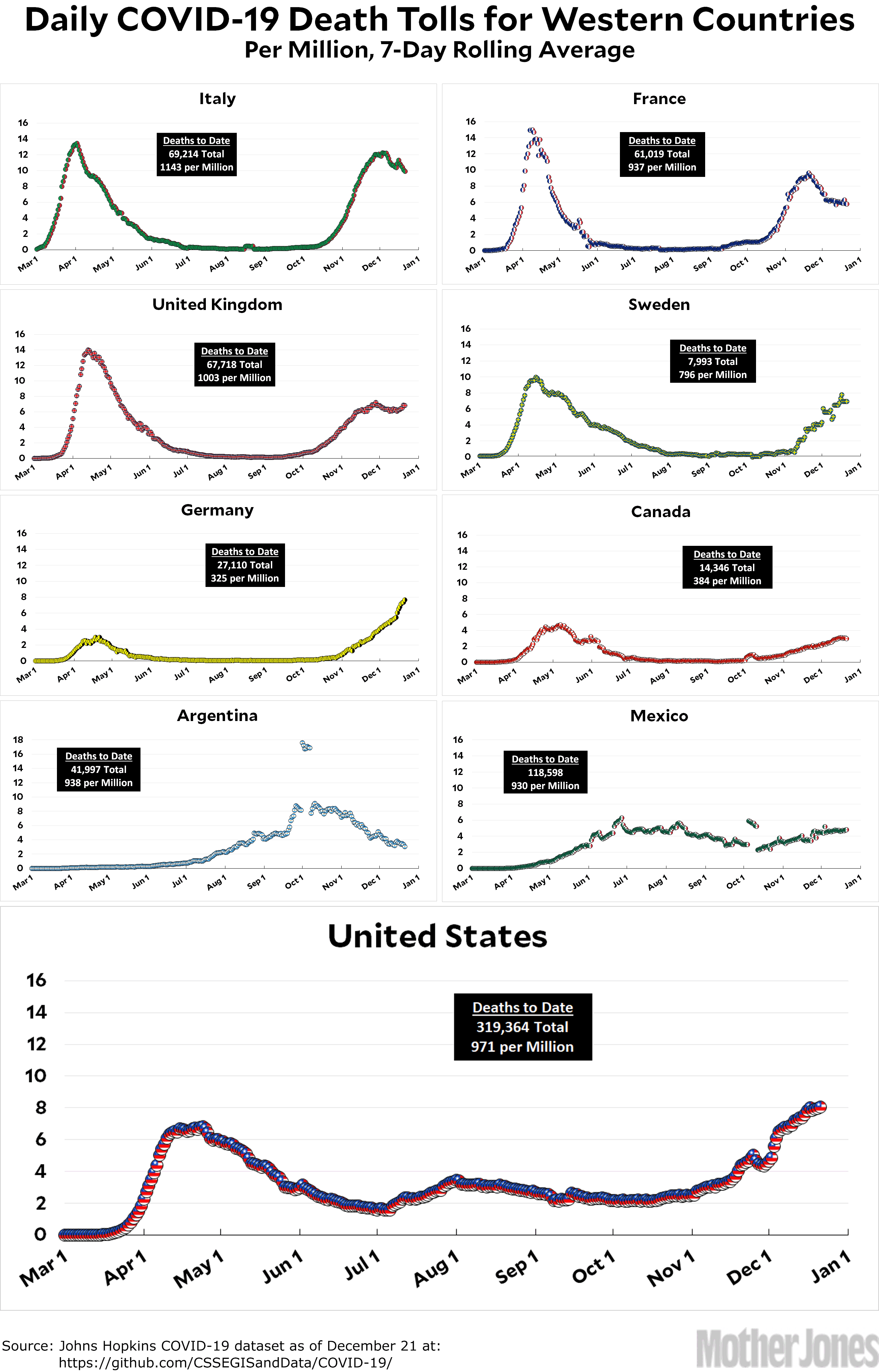

Here’s the coronavirus death toll through December 21. The raw data from Johns Hopkins is here.

Here it is, the final day of the great Jupiter-Saturn conjunction of 2020. Since some people are calling this the “Christmas Star,” I figured why not take a picture with a Christmas tree in the foreground? So I did.
And as an extra special bonus, I also made a time lapse video of the planets making their way down to the horizon. There’s a blip at about 8:00 because I foolishly decided I needed to change the camera’s setting and accidentally moved the zoom ring slightly. I should have had the courage of my original convictions and just left it alone. Live and learn.

This is the hot ticket at the San Diego Zoo these days: a gigantic snow cone. Or is it sno cone? I wonder if our style guide has anything to say about that? In any case, I was there on a warm day and it seemed like half the people I passed were cooling down with one of these things.
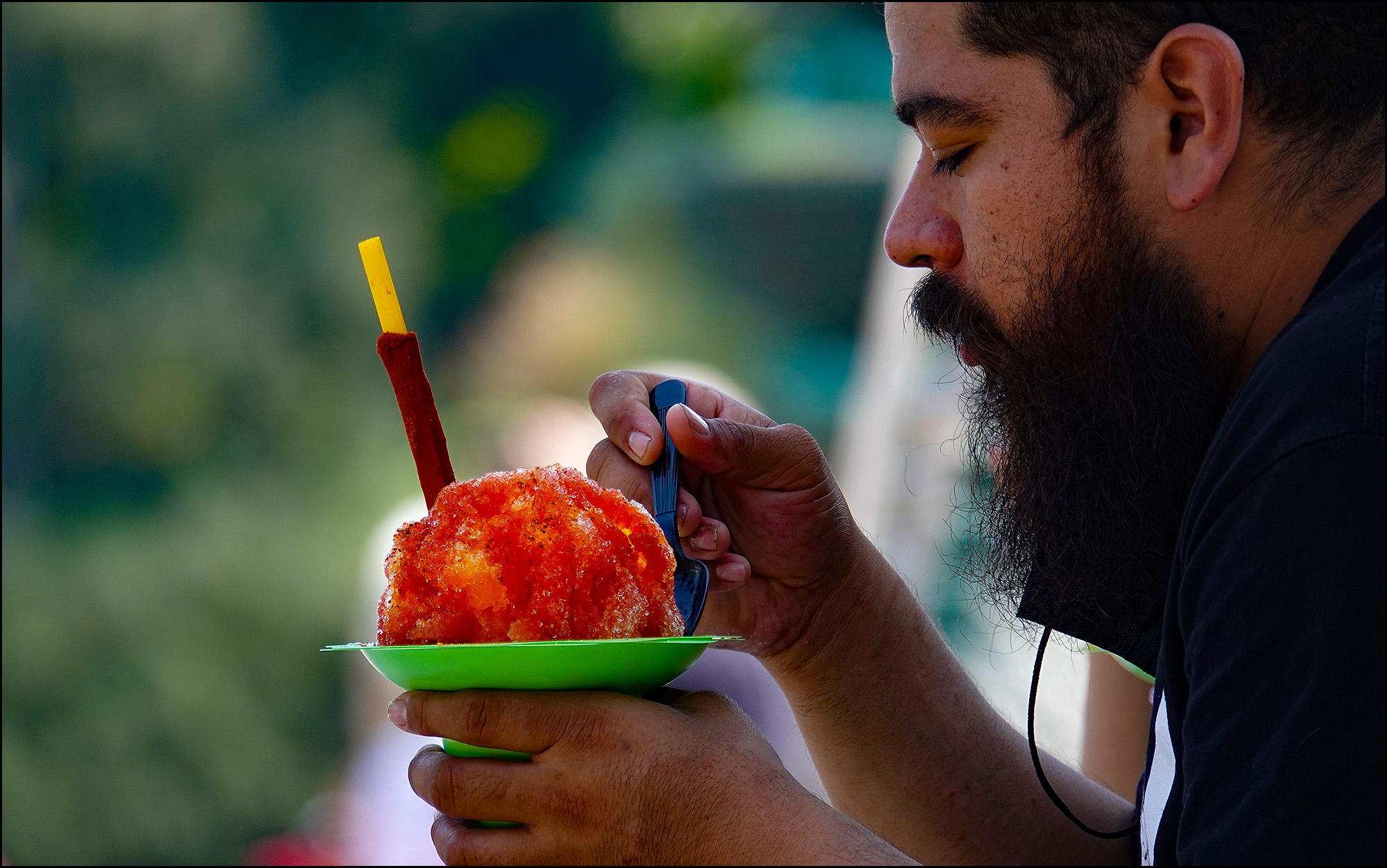
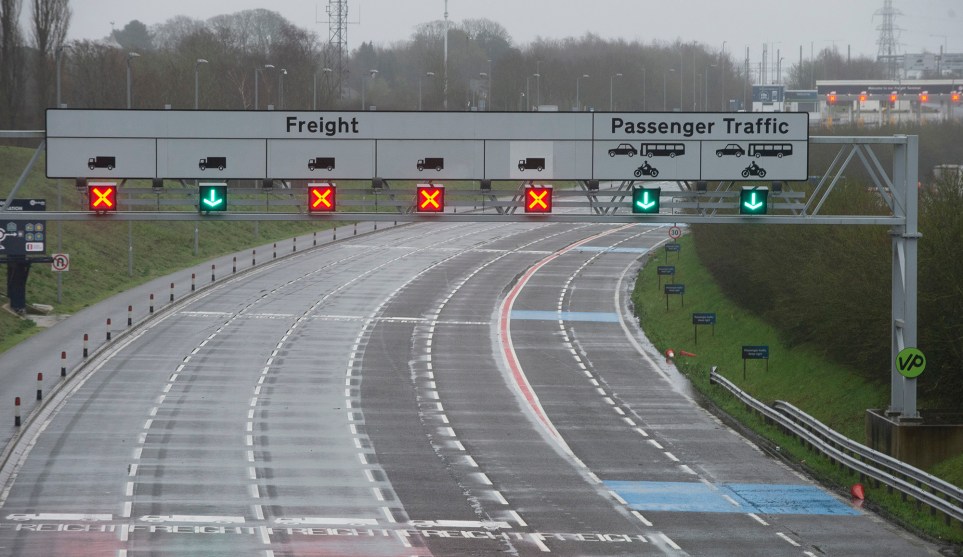
Grant Falvey/London News Pictures via ZUMA
A new, more infectious variant of the COVID-19 virus is wreaking havoc in England, so now everyone is panicking and cutting off travel and commerce with the UK. But wait:
If a new virus sounds scary, a new mutating virus sounds scarier still. In Kent in September, scientists now believe, somebody with Covid was the unlucky first person to pass on a variant form of the coronavirus that is maybe as much as 70% more transmissible than the version we have been used to.
September? That was three months ago. So what are the odds that the B117 variant is still confined to England and hasn’t already taken up residence in all of Europe? Or even all of the world, for that matter? IANAE, but it sure seems like about zero to me. Here’s a report from BioSpectrum:
The new virus strains spread 70% faster with similar lethal effect; Cases reported in South Africa, Australia, Italy, Spain and parts of Europe.
The Washington Post reports the same:
Australia, Denmark and the Netherlands have identified cases of the variant in their countries…On Sunday, Italian officials announced that a patient returning from Britain “in the last few days” was in isolation after scientists detected the mutation. In South Africa, health officials said Sunday that a version of the virus similar to the U.K. variant has been found in 80 to 90 percent of samples analyzed since mid-November.
Is there really any point to quarantining the UK? What am I missing here?
In the heavily Hispanic South Bronx, the liberal sanctum of San Francisco and the immigrant-rich neighborhoods of Miami, President Trump also shrank Democratic margins by drawing thousands more to his side….Party strategists now speak privately with a sense of gloom and publicly with a tone of concern as the election results become clearer. They worry about the potential emergence of a mostly male and increasingly interracial working-class coalition for Republicans that will cut into the demographic advantages Democrats had long counted on.
Across the United States, many areas with large populations of Latinos and residents of Asian descent, including ones with the highest numbers of immigrants, had something in common this election: a surge in turnout and a shift to the right, often a sizable one. The pattern was evident in big cities like Chicago and New York, in California and Florida, and along the Texas border with Mexico, according to a New York Times analysis of voting in 28,000 precincts in more than 20 cities.
This has already congealed into conventional wisdom: Democrats are in trouble because their gains among the college educated aren’t enough to match their losses among both the white and Latino working class. A map provides some insight into this problem:
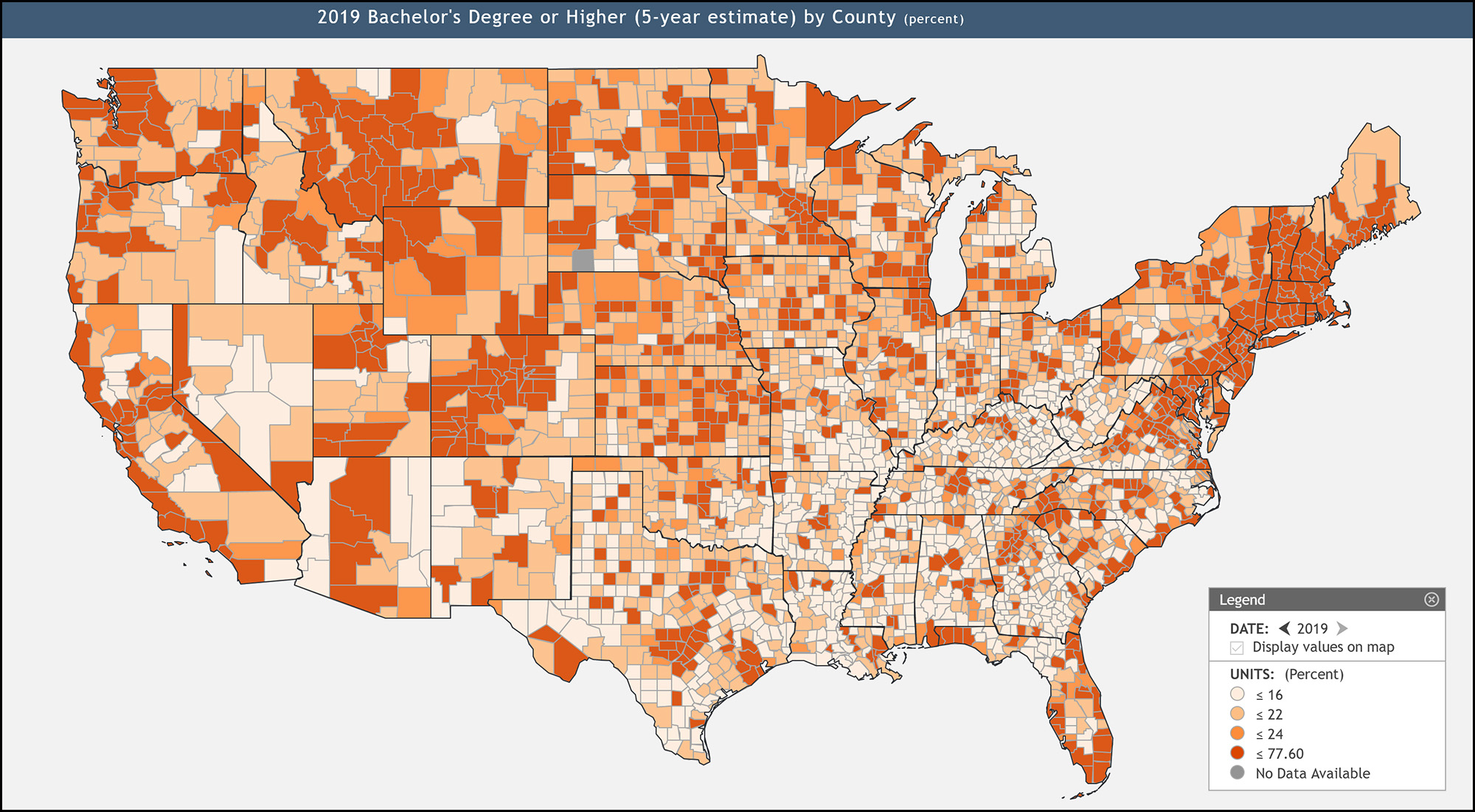
Democrats do fine in areas with lots of college-educated residents: the west coast, New England, the mid-Atlantic down to Virginia, and bits and pieces of the mountain west. But that’s about it. The upper midwest, which has a middling number of college grads, is up for grabs.
In recent years education has turned out to be the single biggest predictor of voting intentions, and this is not great news for Democrats for obvious reasons:
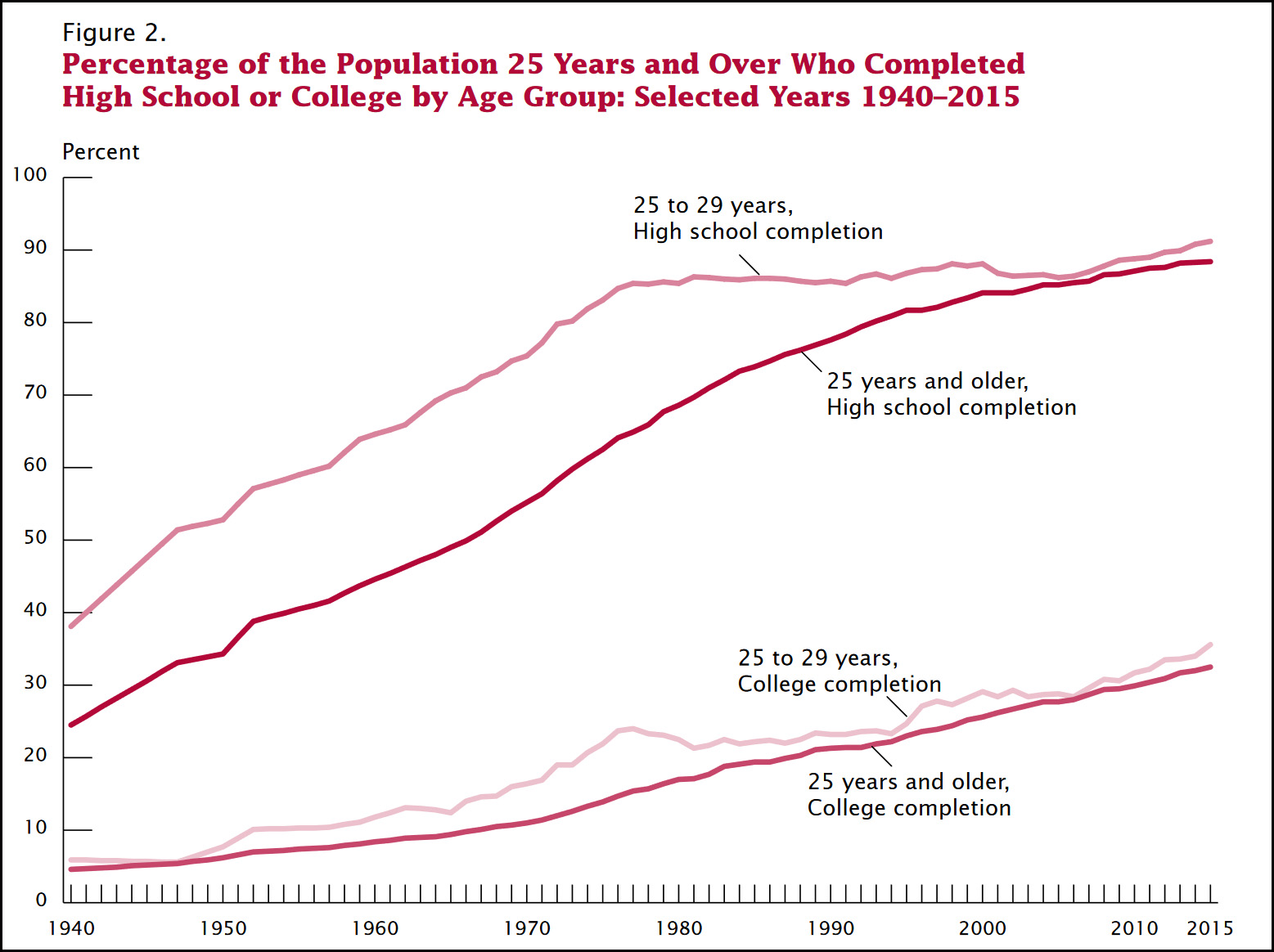
If education is the playing field, then Democrats own only about one-third of it. The rest is Republican territory. This doesn’t mean Democrats can never win in areas with a small number of college grads, but it does mean that they have to work pretty hard to do it.
To put this more simply, recent evidence suggests that Democrats don’t just have a problem with the white working class anymore, but, increasingly, a problem with the working class, period. Unfortunately, this inevitably brings us around to the tedious—but important—question of whether liberals need to move toward the center on social issues.
Needless to say, the progressive wing of the party is massively resistant to this idea. During the election, my Twitter feed was jam packed with quixotic ideas for expanding the Democratic map: eliminating the Electoral College; admitting Washington DC and Puerto Rico as states; packing the Supreme Court; etc. This is all pie-in-the-sky stuff, a desperate attempt to propose anything other than the obvious: embracing social policies that appeal to more people, especially those without college degrees. That’s Politics 101. I don’t know how this is all going to turn out, but I’ll bet it’s going to be a helluva fight.
The unemployment rate among Black workers is consistently about twice the unemployment rate among white workers. This disparity has long been known, but what accounts for it? Can we say anything more specific than “systemic racism”? Indeed we can, with the help of a couple of additional charts.
The first one shows that, in terms of employment opportunity, Black workers with a high school diploma are treated about the same as white workers who are high school dropouts. Maybe even a little worse:
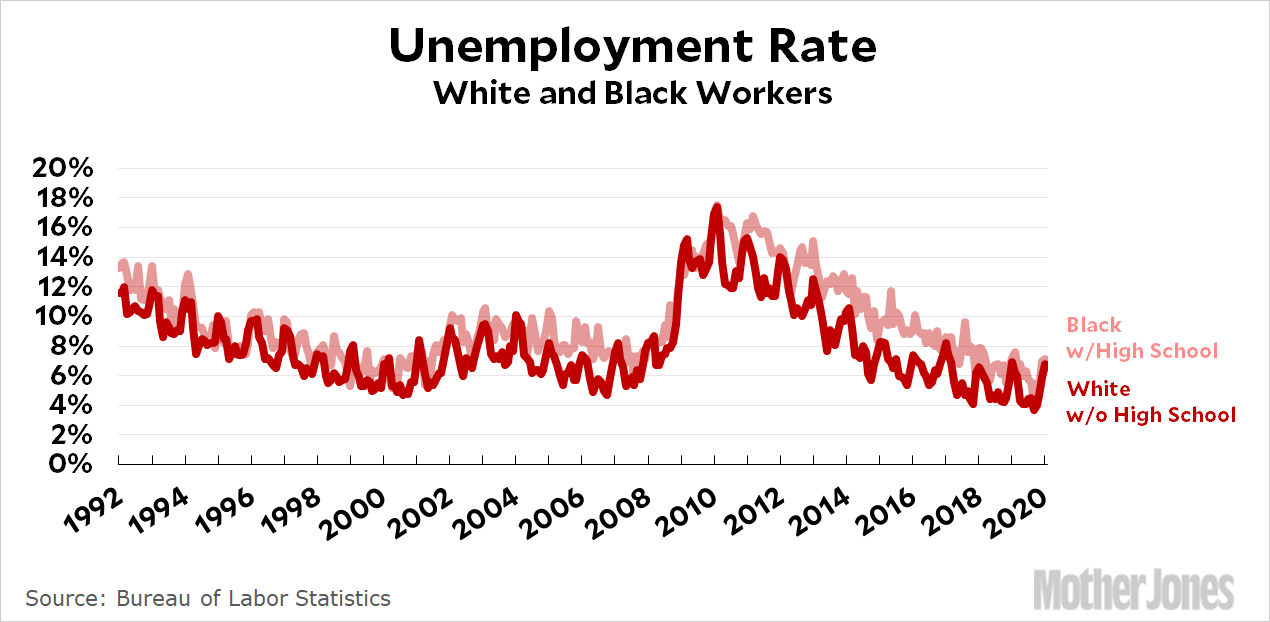
And this one shows that Black workers with a college degree are treated about the same as white workers with only a couple of years of college and no degree:
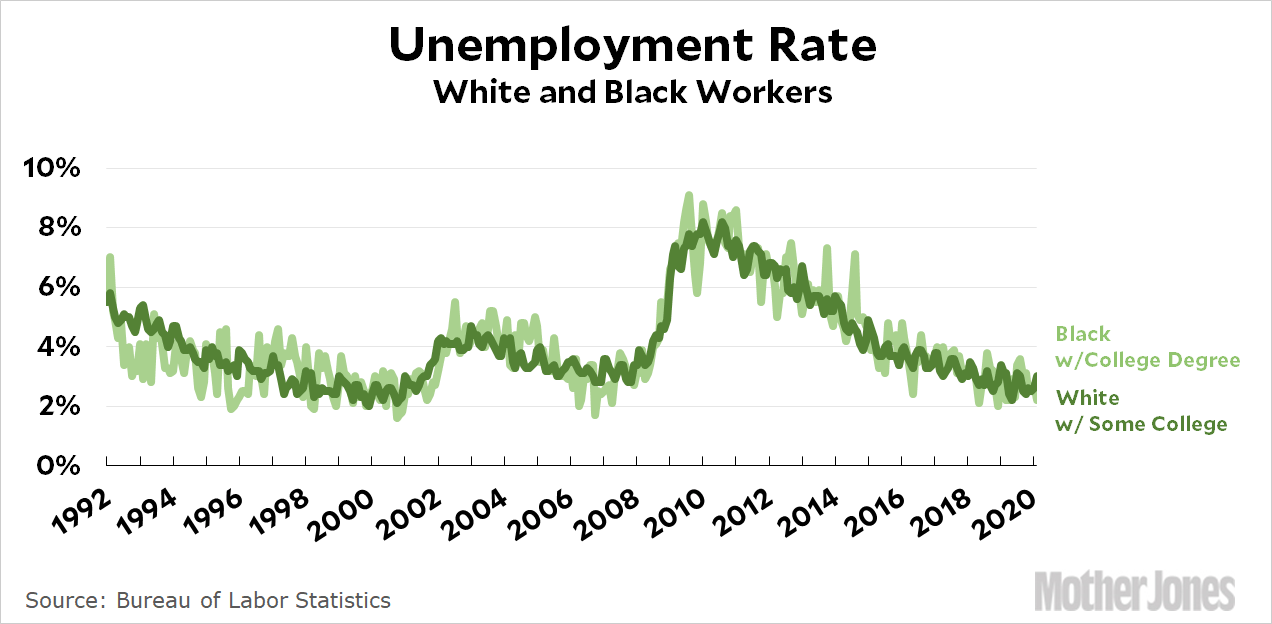
There are other ways you can slice and dice the unemployment data, but it consistently shows that employers don’t take Black workers with diplomas and degrees seriously. They assume—correctly—that Black high school graduates test at about a tenth-grade level regardless of whether they graduated, and the same employer attitude is likely true about Black college graduates. What’s more, this explains much of the earnings gap too: employers typically pay Black workers about the same on average as white workers with two or three fewer years of schooling.
This is what makes the black-white educational gap such a disgrace. It’s not fashionable these days to obsess over education as the core driver of systemic racism, but I continue to think it’s just about the most important thing out there. The real-world impact is huge, and until it’s addressed I think it’s unlikely we’ll ever truly make significant progress against systemic racism.
Here’s the coronavirus death toll through December 20. The raw data from Johns Hopkins is here.
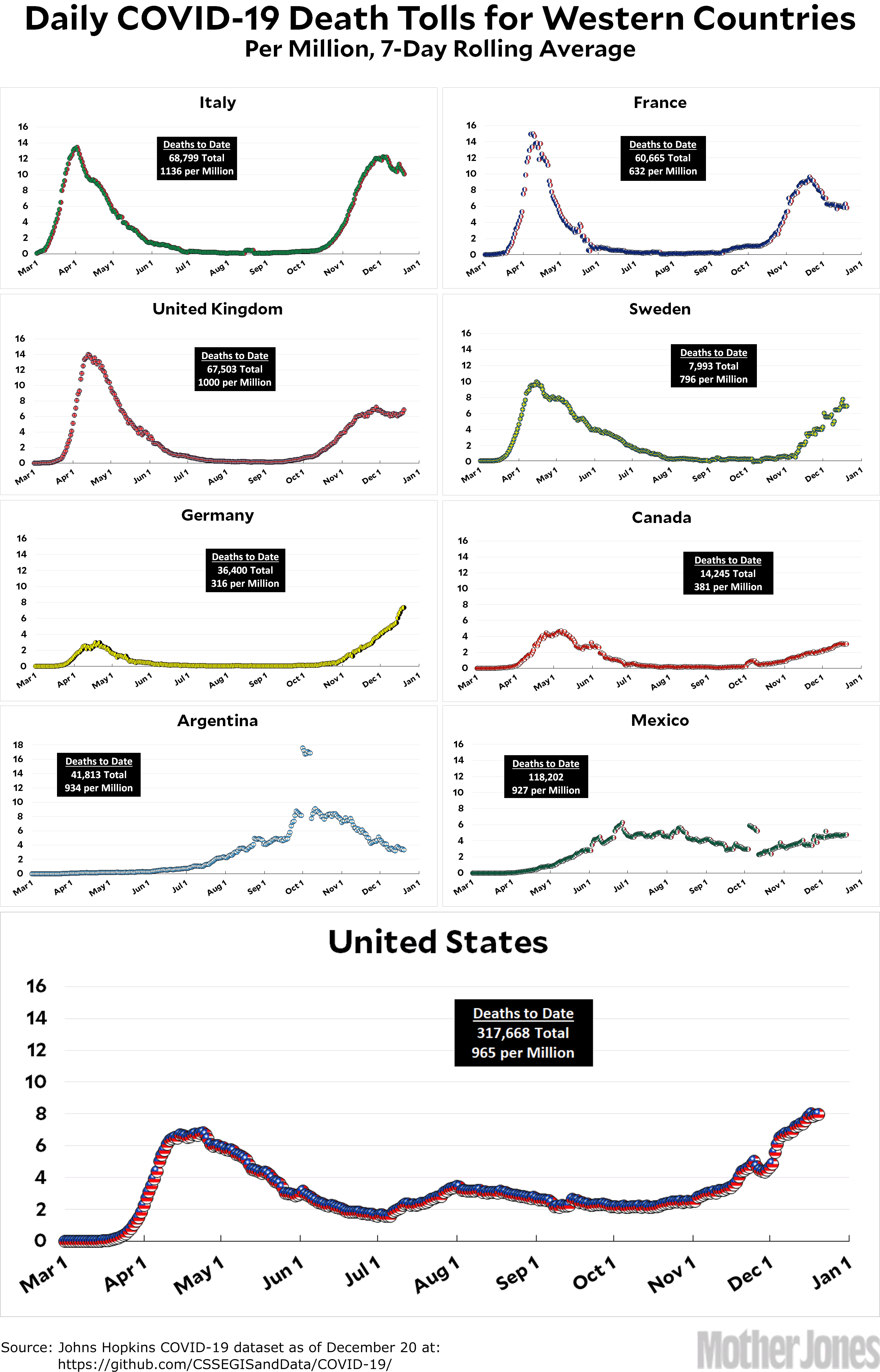
Tomorrow is Der Tag! To be honest, Jupiter and Saturn don’t really seem to be getting all that much closer. A little bit, I guess. But I doubt they’ll look like a single planet on Monday.
This picture was shot as the two planets approached the wooden bridge that gives Woodbridge its name. A second picture is below that shows the whole scene.
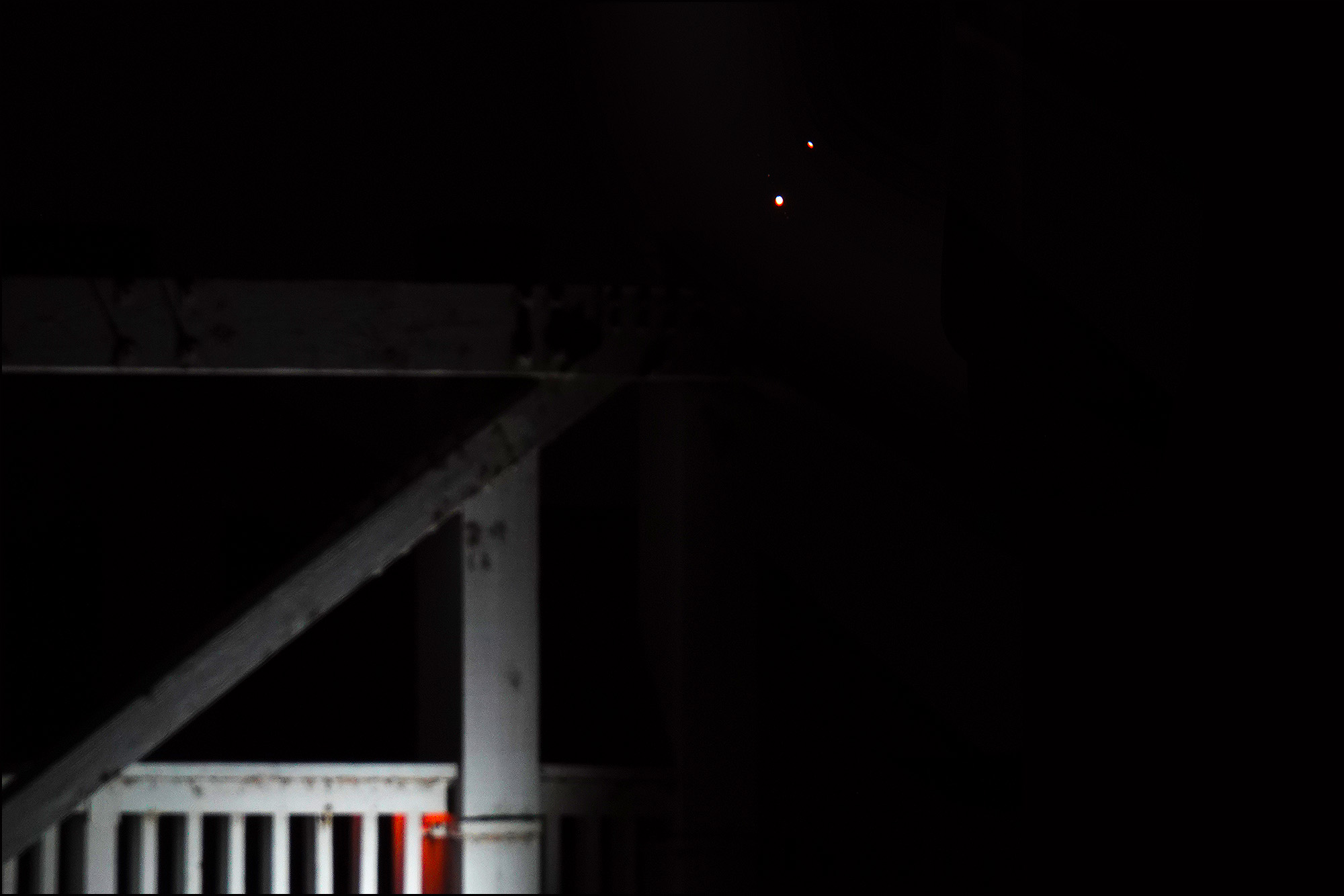


Shaken, not stirred.Edwin Remsberg/VW Pics via ZUMA
The coronavirus relief bill is finished. Republicans agreed to 11 weeks of a $300 unemployment bonus payment and a one-time $600 stimulus payment for everyone. And, in order to get Donald Trump on board, negotiators also agreed to boost the current 1½-martini business meal deduction to a full, red-blooded, all-American 3-martini meal deduction:
Critics said it would do little to help struggling restaurants and would largely benefit business executives who do not urgently need help at this time.
….During negotiations, however, Democratic leaders agreed to the provision in exchange for Republicans agreeing to expand tax credits for low income families and the working poor in the final package, according to a Democratic aide who spoke on the condition of anonymity to share details of internal negotiations…. The cost to taxpayers of the proposal is not known, though tax experts expect it to not exceed a few billion dollars a year.
USA!
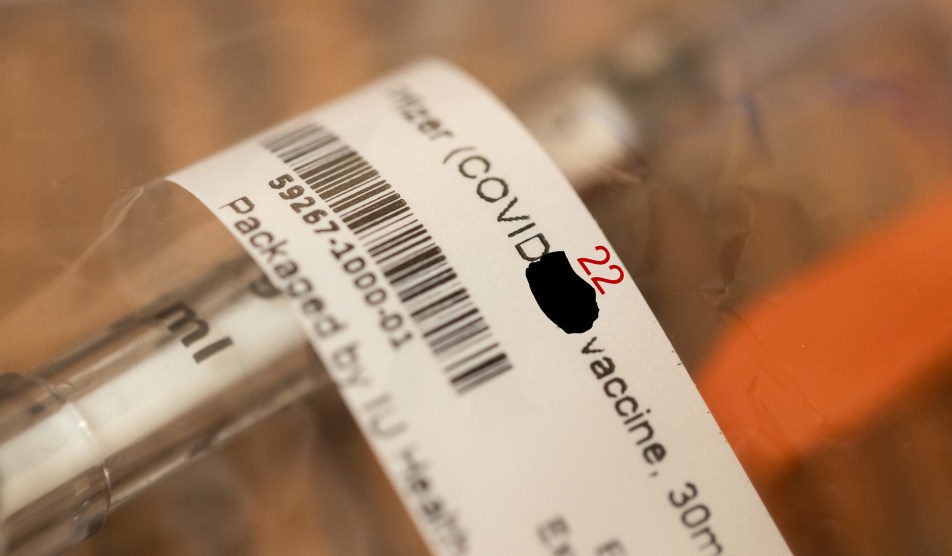
Jeremy Hogan/SOPA Images via ZUMA
Here’s a question for everyone to ponder.
As you know, the Moderna vaccine was developed in two days. The rest of the time after that was devoted to testing and production. Now, suppose it’s 2022 and we get hit with another coronavirus. Once again, the boffins develop a vaccine within two days. What’s more, they say that the new vaccine is structurally fairly similar to the COVID-19 vaccine, which means that it’s probably about as safe.
Probably. Maybe. Possibly.
So what do we do? Go through another nine months of testing? Or, given the vast death toll that’s likely without a vaccine, go immediately into production and start vaccinating people as soon as possible? If it turns out there are severe side effects, then stop and try something different.
I ask this because I don’t think it’s an unlikely scenario. We had SARS in 2003, MERS in 2012, and COVID-19 in 2019, which suggests that another coronavirus is likely to break out within the next decade. And given our experience with COVID-19, there’s going to be huge pressure to start a vaccination campaign as soon as possible. After all, what are the odds that even an untested vaccine could kill more people than an uncontrolled pandemic? And our experience with COVID-19 gives us a big leg up on how to quickly manufacture similar vaccines in large quantities.
Obviously the details matter here. How deadly is our hypothetical COVID-22? How similar is the vaccine to COVID-19? What’s the scientific consensus about its safety? Sometime in the next few years these might all turn out to be more than idle questions.